Choosing the right roof can make a world of difference for your home. You have to consider the aesthetics of your house, building codes, cost, weather resistance, durability, and so much more.
Whether you’re a new homeowner or have been one for years, understanding the variety of roof styles and materials available can be a game changer. But how do you decide which roof design is the crown for your palace? Below, we explore 14 roofing options to help you stay prepared no matter what the weather throws your way.
Roofers usually talk about three things: the roof shape (the geometry and slope), the roof material (asphalt shingles, metal, tile, etc.), and the overall roof system (decking, underlayment, vents, flashing, and the visible surface working together). Most homes use just a few common shapes and materials, while the rest are more niche styles you may see in specific regions or custom builds.
Design, functionality, and climate are the top aspects to consider when choosing the shape of your roof. Each option offers distinct advantages and challenges, so let’s look at the most popular ones to help you pinpoint the best fit for your home.
In most neighborhoods, you’ll mainly see gable roofs, hip roofs, and low-slope (“flat”) roofs. Roof shapes like butterfly, gambrel, mansard, and shed tend to be more specialized and are often used on custom or historic homes.
Indicative installed cost (for a 17-square roof ≈ 1,700 square feet, using basic asphalt shingles): $5,950 to $11,220 (about $350 to $660 per square). Steeper pitches, complex details, or premium materials increase costs.
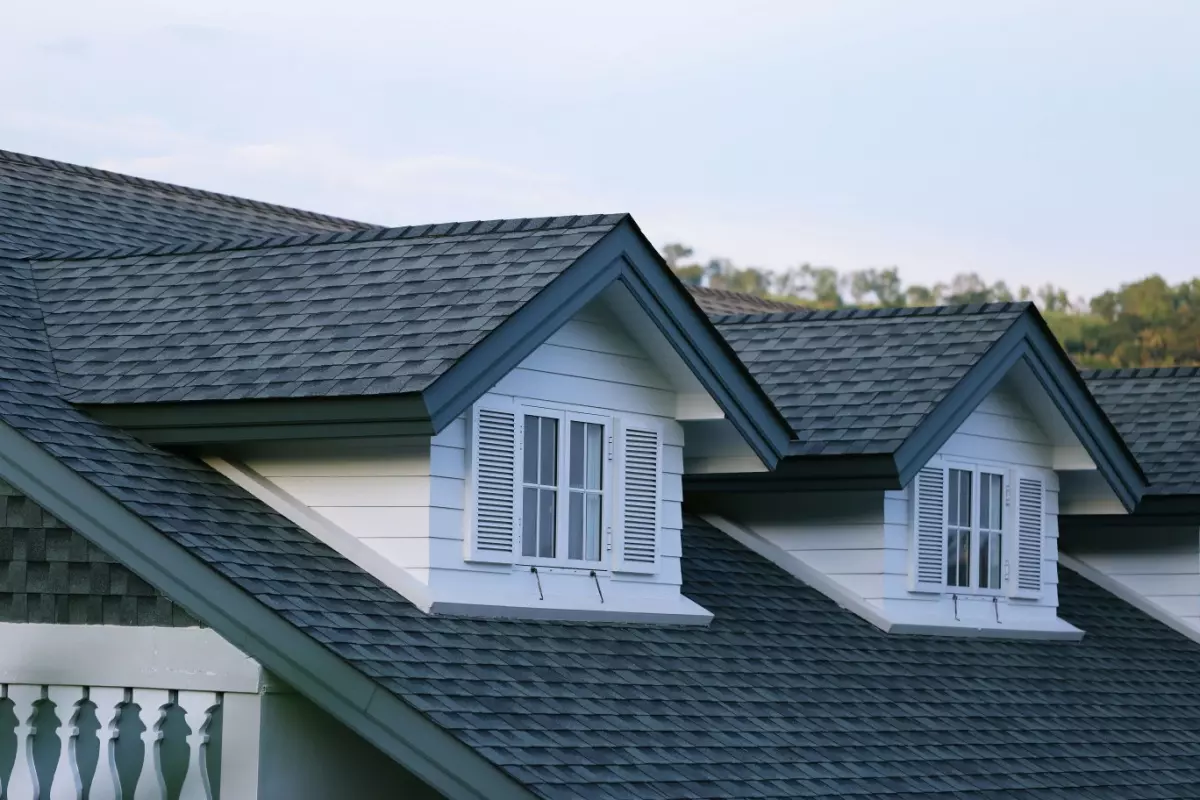
Gable roofs are the most common style, especially for homeowners looking to add charm to their colonial or farmhouse homes. These roofs are characterized by two sloping symmetrical sides that come together at a steep pitch.
Given their triangular shape and steepness, gable roofs are ideal for rainy and snowy areas. They shed water and snow particularly well, preventing structural damage and moisture accumulation.
Depending on the material, underlayment, and installation quality, a gable roof system with asphalt shingles often lasts about 20 to 30 years, while metal or tile gable roofs can last several decades longer.
Pros:
Cons:
Indicative installed cost (for a 20-square roof ≈ 2,000 square feet, using asphalt shingles): $20,000 to $60,000 (about $1,000 to $3,000 per square), reflecting the extra framing, hips, and valleys common on complex hip designs.
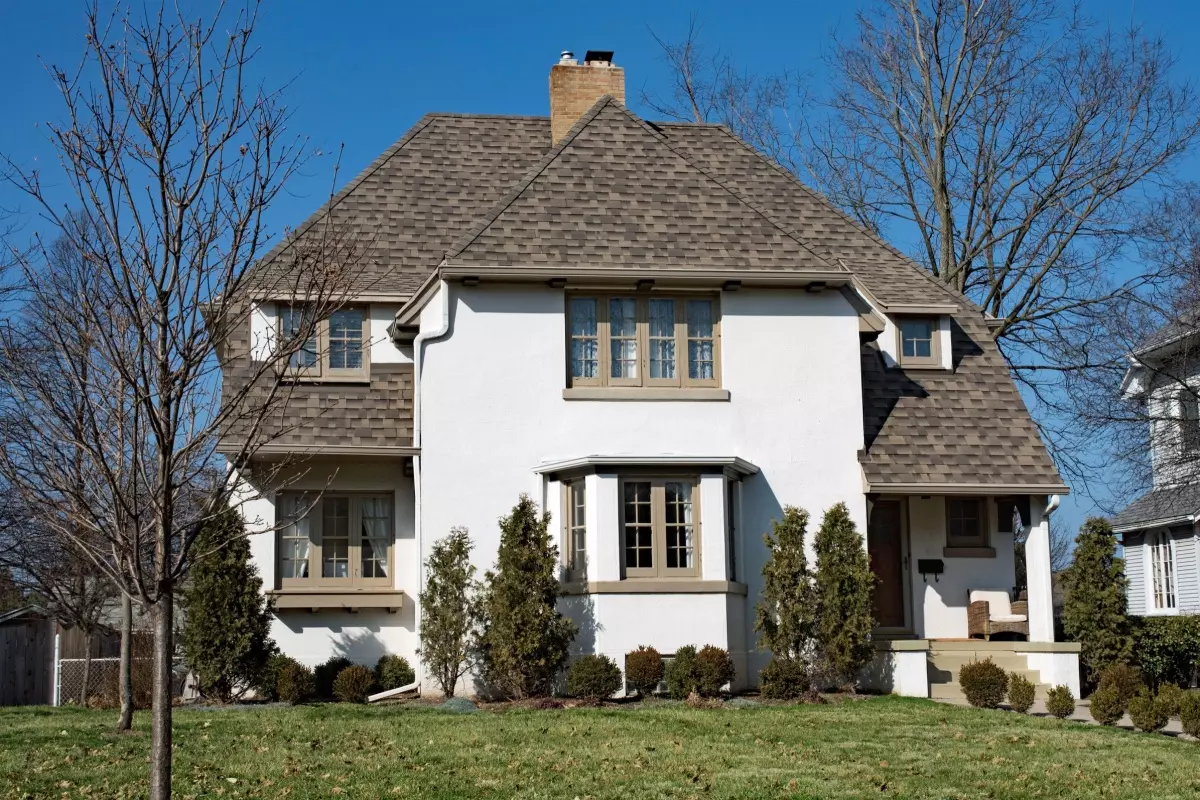
Hip roofs are also a very common style, given that they are adaptable to various aesthetics – from modern to more classic homes. These roofs feature four sides that gently slope and come together at the top.
As a result, hip roofs have a symmetrical shape with eaves that go around the entire perimeter of the home. With the gentle slopes, hip roofs are ideal for snowy and windy conditions. On average, a hip roof system with asphalt shingles may last around 20 to 30 years, while metal or tile hip roofs can often last 40 years or more.
Pros:
Cons:
Indicative installed cost (for a 17-square roof ≈ 1,700 square feet, using a typical low-slope membrane): $6,800 to $11,800 (about $400 to $700 per square). Actual pricing varies by region, material, and roof complexity.
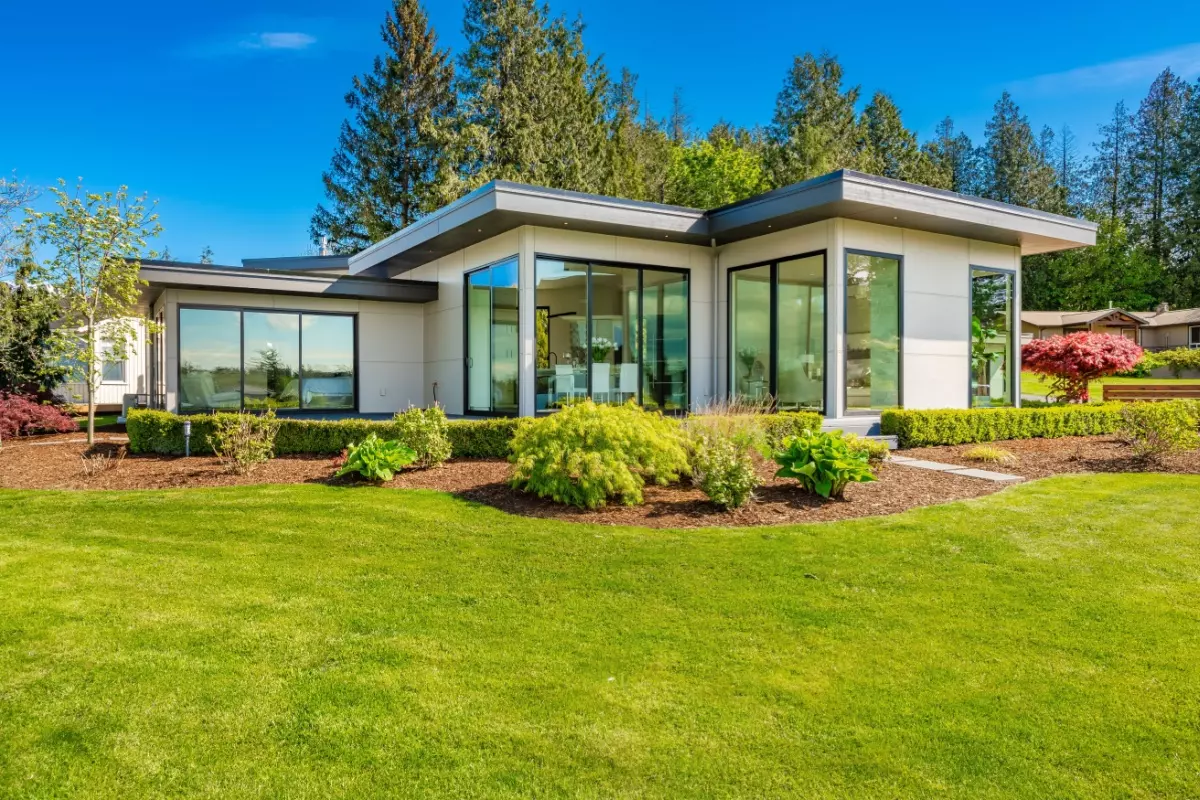
As the name suggests, flat roofs are, well, flat. They have a distinctive modern aesthetic for homeowners who prefer a minimalistic style.
In reality, “flat” roofs are low-slope roofs – they always have a slight pitch so water can drain off. Flat roofs are built as horizontal planes with a gentle slope toward drains or scuppers to help with water drainage. As a result, these roofs are more common on modern homes and in dry or urban climates, but they can also perform well in wetter regions when the roof system is detailed correctly. On average, a well-installed low-slope roof system (such as a single-ply or modified bitumen membrane) can last around 15 to 30 years.
Pros:
Cons:
Indicative installed cost (for a 16-square roof ≈ 1,600 square feet, often with custom detailing and premium membranes): around $8,000 or more, but costs can vary widely based on design complexity.
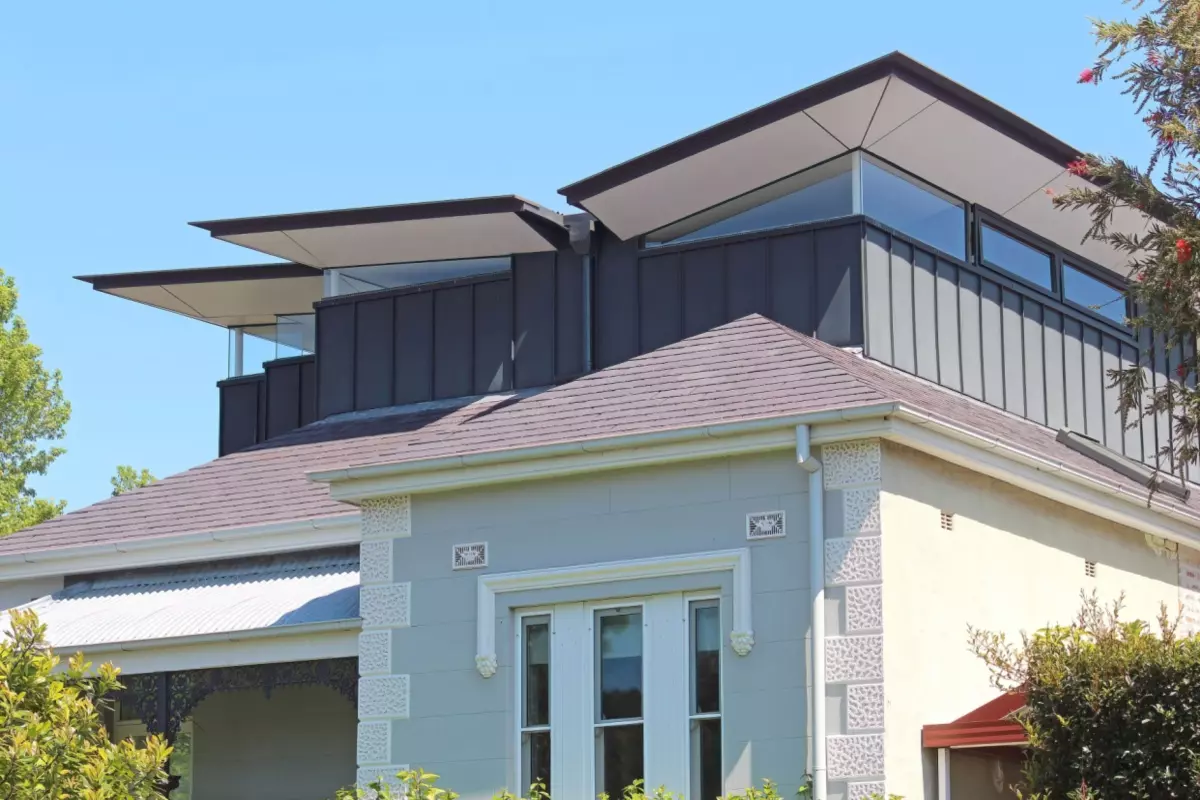
Butterfly roofs might be one of the most distinctive mid-century styles. Instead of sloping outward, each roof plane slopes inward toward a central valley, creating a V-shape that resembles butterfly wings. As a result, the outer edges of the roof are pointed slightly upwards. These are still pitched planes; they simply pitch toward the middle instead of away from it.
Butterfly roofs are ideal for both arid and rainy regions. The V-shape helps collect water into storage systems for areas with heavy rainfall. Solar panels can be placed on strategically oriented surfaces in hotter climates.
When built with quality low-slope roofing materials and good drainage details, a butterfly roof system can often last 20 to 50 years, depending on the membrane and overall roof assembly.
Pros:
Cons:
Indicative installed cost (for a 20-square roof ≈ 2,000 square feet, using asphalt shingles): roughly $15,159 to $27,580 (about $760 to $1,380 per square), reflecting the added framing and detailing compared to simple gables.
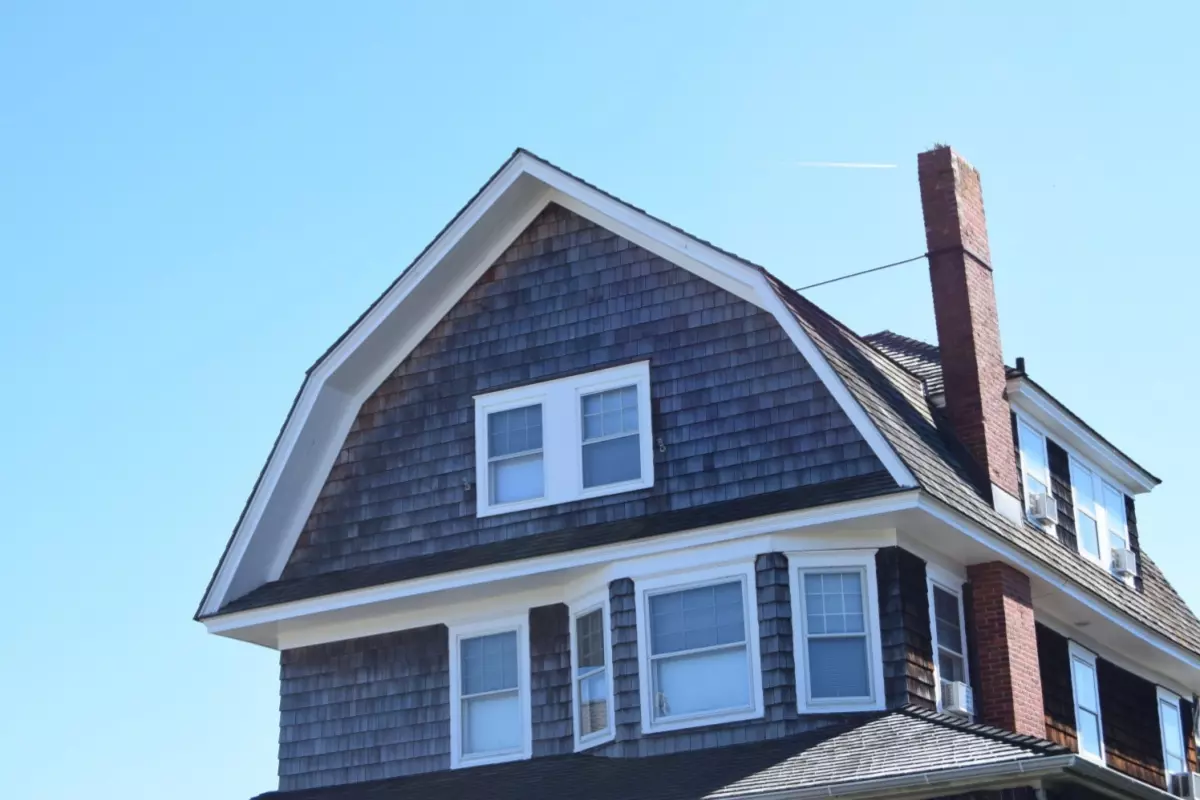
Gambrel roofs are the quintessential style associated with classic Dutch colonial and barn homes. They are easily identifiable by the double-sloped sides – an upper shallow slope with a lower steep one.
For this style of roof, the sides gently slope down from the pitch. However, about halfway down, the sides become much steeper, coming down almost vertically. Each side of the roof is broken into two sections with different angles.
These roofs are suitable for more moderate climates. While they can handle some snow, the change in slope can create areas where snow loads concentrate, so they require careful structural design in snowy regions. On average, a gambrel roof system with asphalt shingles might last about 20 to 30 years; higher-end materials can extend that lifespan.
Pros:
Cons:
Indicative installed cost (for a 20-square roof ≈ 2,000 square feet): $20,000 to $50,000 or more, depending on materials and the amount of dormers and detailing involved.
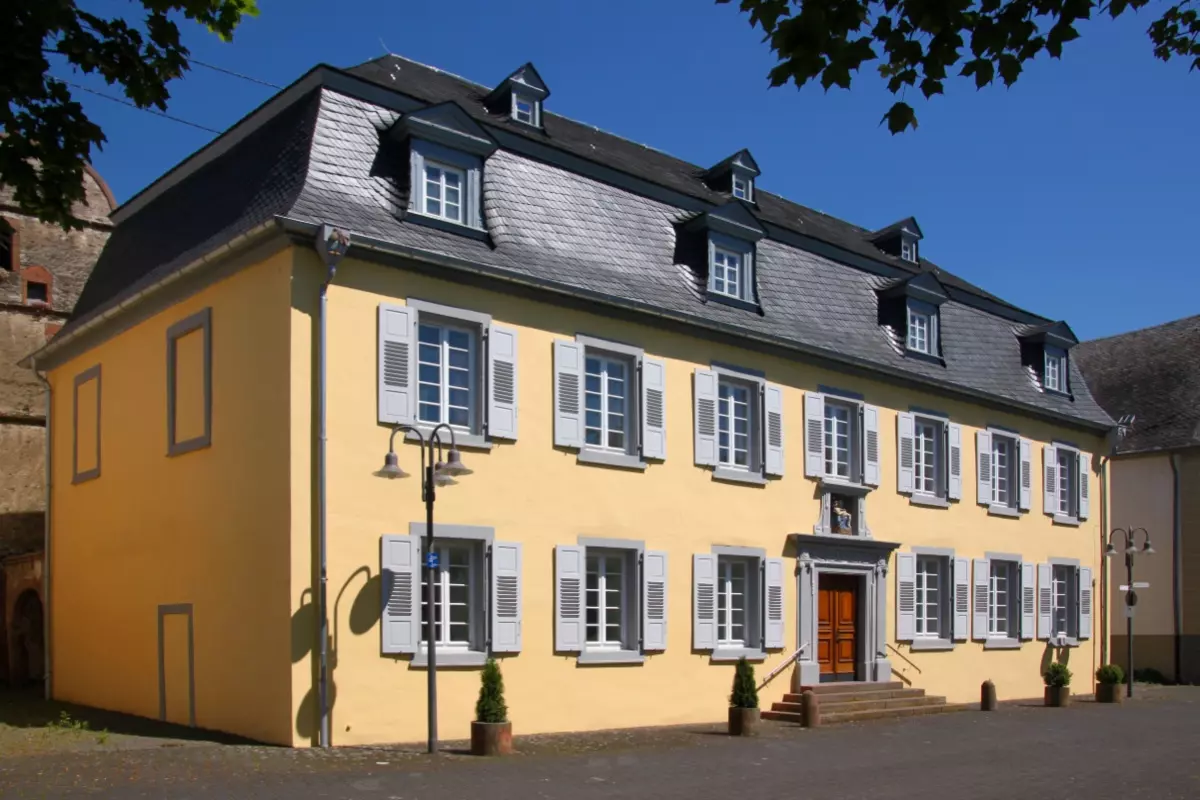
Most commonly associated with French architecture, mansard roofs feature a four-sided design with two different angles on each side. The top part of the roof is usually very flat, followed by a steeply pitched lower half. As a result, this structure gives the roof a very vertical appearance from the ground.
Mansard roofs are ideal in moderate climates with less extreme weather. This style of roof is popular for traditional and historic homes in urban areas as it maximizes living space. The lifespan depends heavily on the materials used – for example, asphalt-shingle mansard roofs may last around 20 to 30 years, while metal or slate can last longer if properly maintained.
Pros:
Cons:
Indicative installed cost (for a 20-square roof ≈ 2,000 square feet): $4,000 to $40,000 (about $200 to $2,000 per square), depending on slope, material, and whether it’s a simple add-on or a full-house roof.
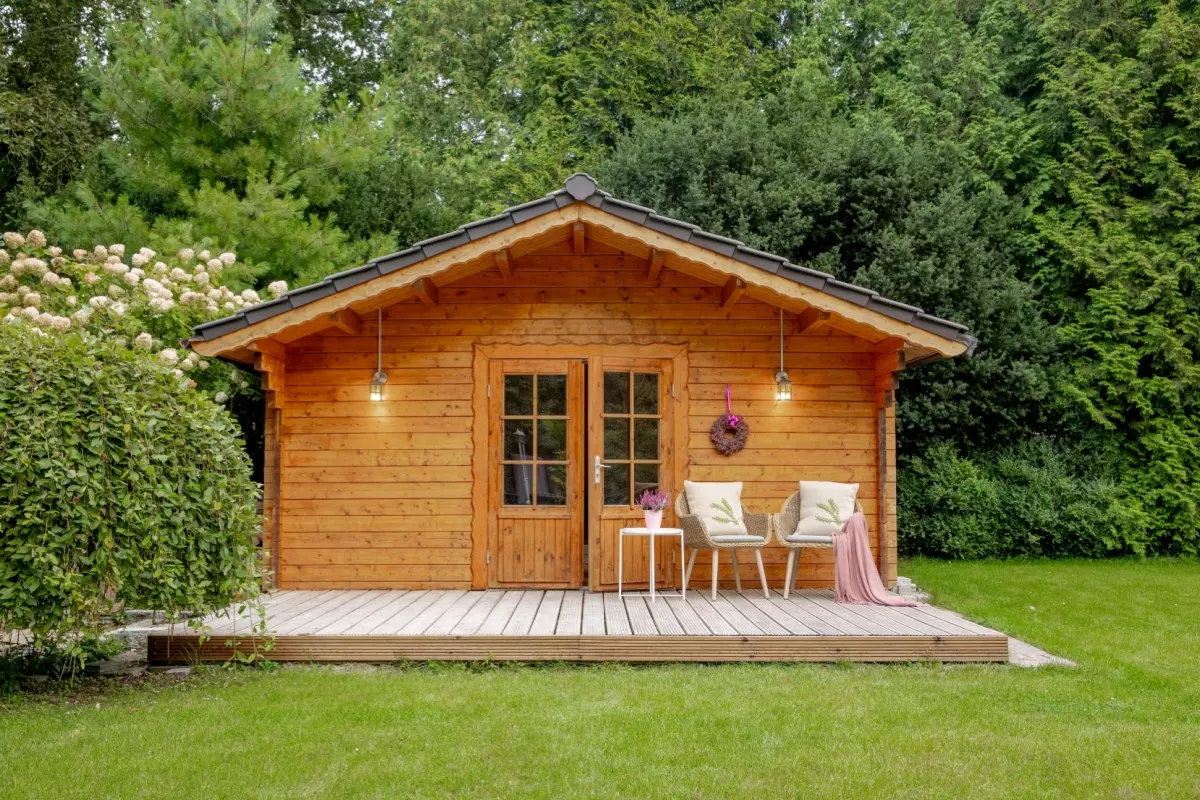
Shed roof types are similar to flat ones but with a slight twist – they feature a slope to one side. Typically, the home will have one taller wall to accommodate this slope. These roofs are becoming increasingly popular with more contemporary homes due to their minimalist and modern appearance.
This style is suitable for regions with high snow or rainfall, as the natural slope helps shed water. Like other shapes, the actual performance depends on the roof system – the material, underlayment, and flashing details. Shed roofs can last about 15 to 30 years with asphalt shingles or low-slope membranes, and longer with premium materials.
Pros:
Cons:
When you’re updating your roof, your decision doesn’t just end with the shape. You must also consider the materials that will be used to construct it to ensure it is suitable for your climate, budget, and aesthetics.
Most homes in the U.S. are covered with asphalt shingles, followed by metal and then tile (clay or concrete) in certain regions. Wood, slate, and solar tiles are less common and tend to be used on higher-end, historic, or highly customized homes. Whether you’re looking for something modern and energy-efficient or classic and rustic, here are several roofing materials you can choose from:
Average installed cost (per square ≈ 100 square feet): about $500 to $1,400 per square (roughly $5 to $14 per square foot), depending on the metal type and profile.
Metal roofs are a very durable option known for their longevity and versatility. They can be installed as large panels or shingles made from steel, aluminum, copper, or zinc. Metal roofs are ideal for hot and cold climates – they have reflective properties to reduce cooling costs and smooth surfaces to help with snow runoff.
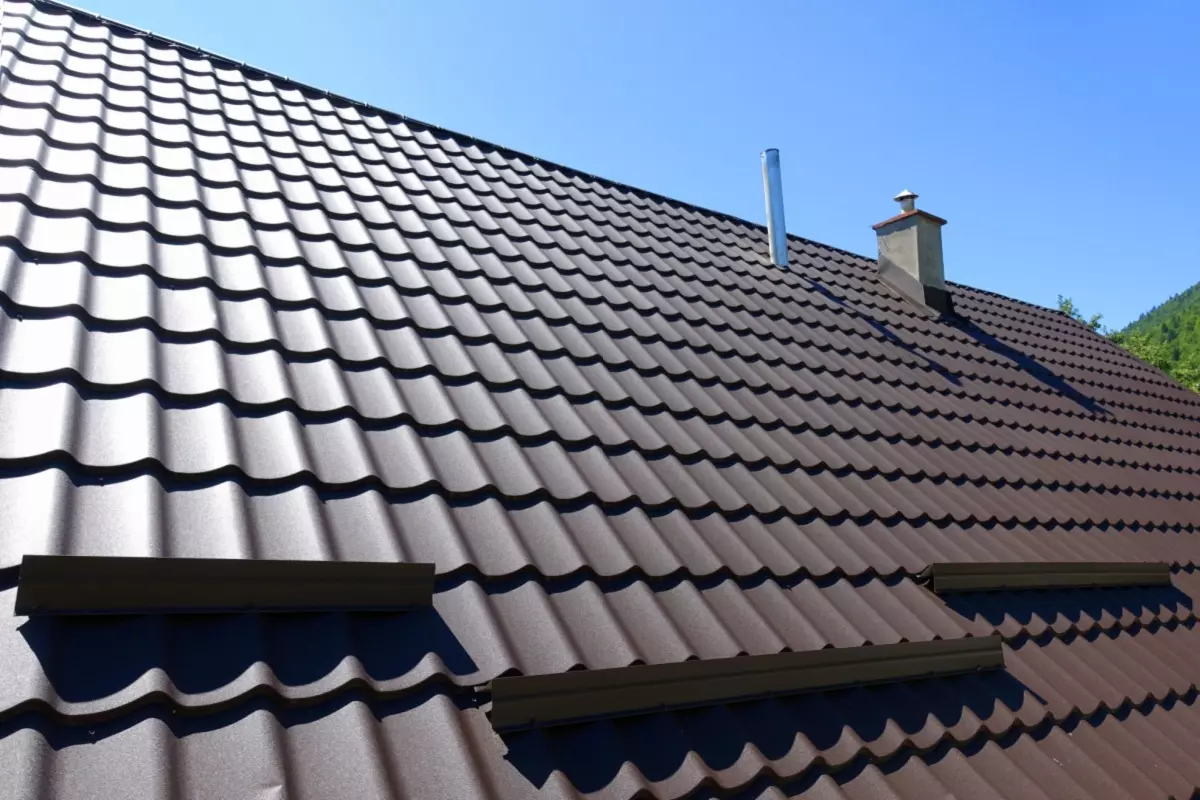
In fact, metal roofs also perform well in coastal regions and areas prone to wildfires because they are resistant to salt corrosion and high heat. On average, this material lasts between 40 and 70 years, with copper and zinc lasting longer.
Pros:
Cons:
Average installed cost (per square ≈ 100 square feet): about $450 to $900 per square (roughly $4.50 to $9 per square foot).
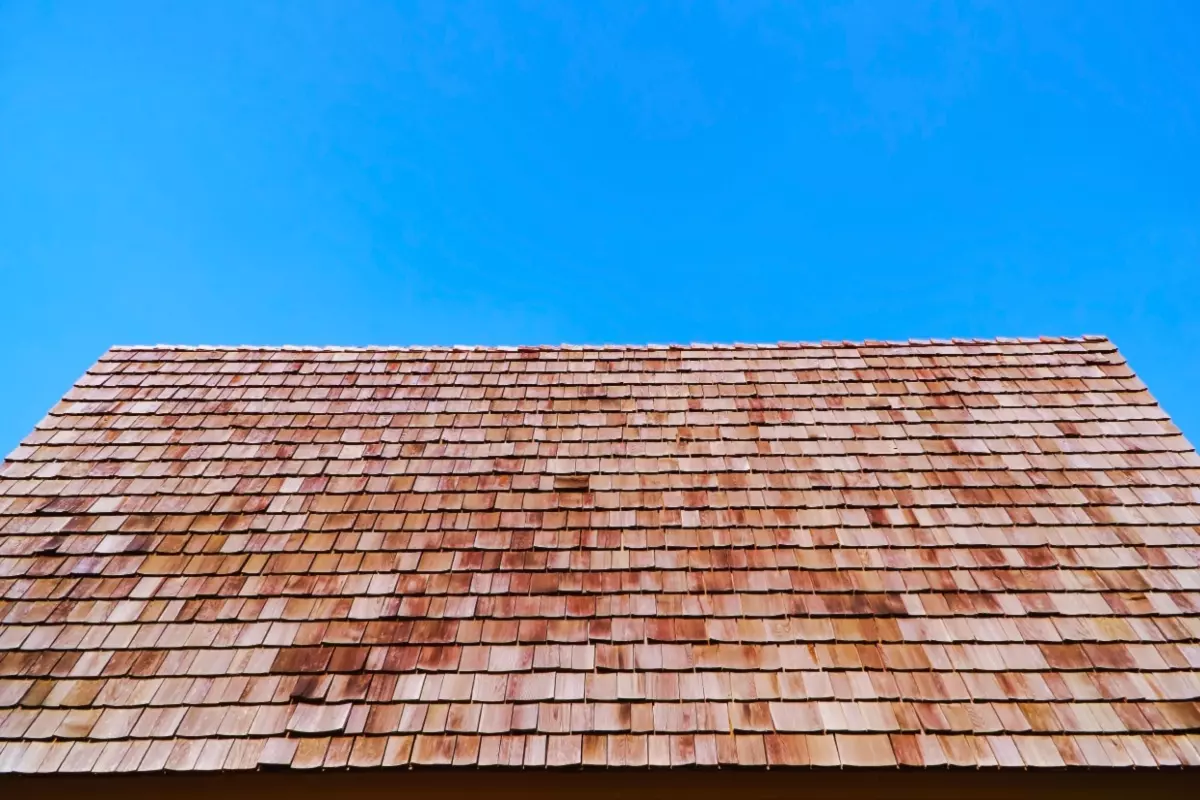
Wood shingles and shakes, often made from cedar, redwood, and southern pine, are suitable roofing materials for more traditional and rustic homes. Wood shingles are pre-cut to give a more uniform appearance, while shakes are hand-cut for a more natural look.
Wooden roofs are best suited for moderate climates, where they provide good insulation and more energy efficiency. While the wood can be treated to improve its resistance to rain and fire, some areas may ban this roofing material altogether because of wildfire risk and stricter building codes.
If maintained properly, wood shingles can last 15 to 30 years.
Pros:
Cons:
Average installed cost (per square ≈ 100 square feet): about $200 to $400 per square (roughly $2 to $4 per square foot for the tiles themselves; installed system costs will be higher once labor and underlayment are included).
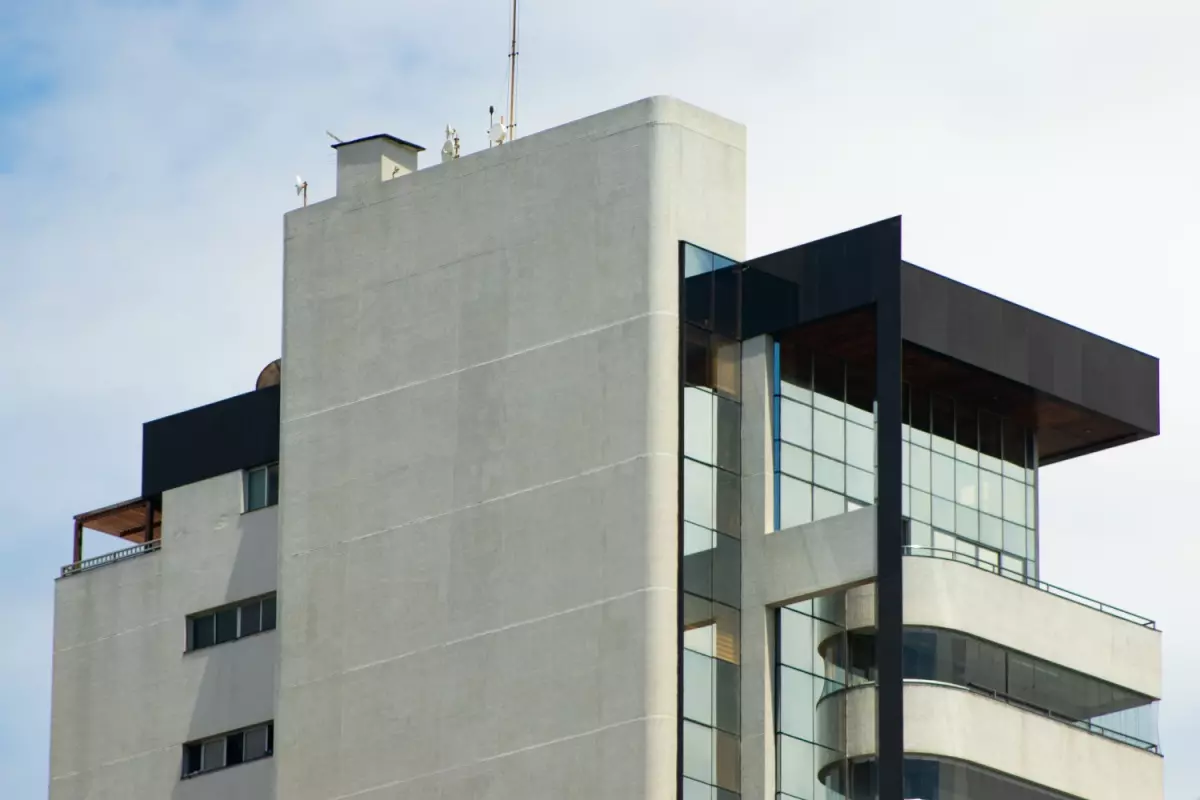
Like metal, concrete is a very durable and versatile roofing material. Concrete can be shaped to mimic other materials like clay, slate, and wood. This material is ideal for harsher climates with more extreme weather conditions like heavy rain, high wind, and heat.
Also, similar to metal, concrete is resistant to salt and fire, making it ideal for coastal areas or areas prone to wildfires. Given concrete’s thermal mass, it helps regulate indoor temperatures for better energy efficiency. On average, concrete roofs last 30 to 50 years.
Pros:
Cons:
Average installed cost (per square ≈ 100 square feet): roughly $2,100 to $2,500 per square (about $21 to $25 per square foot), not including electrical upgrades or battery storage.
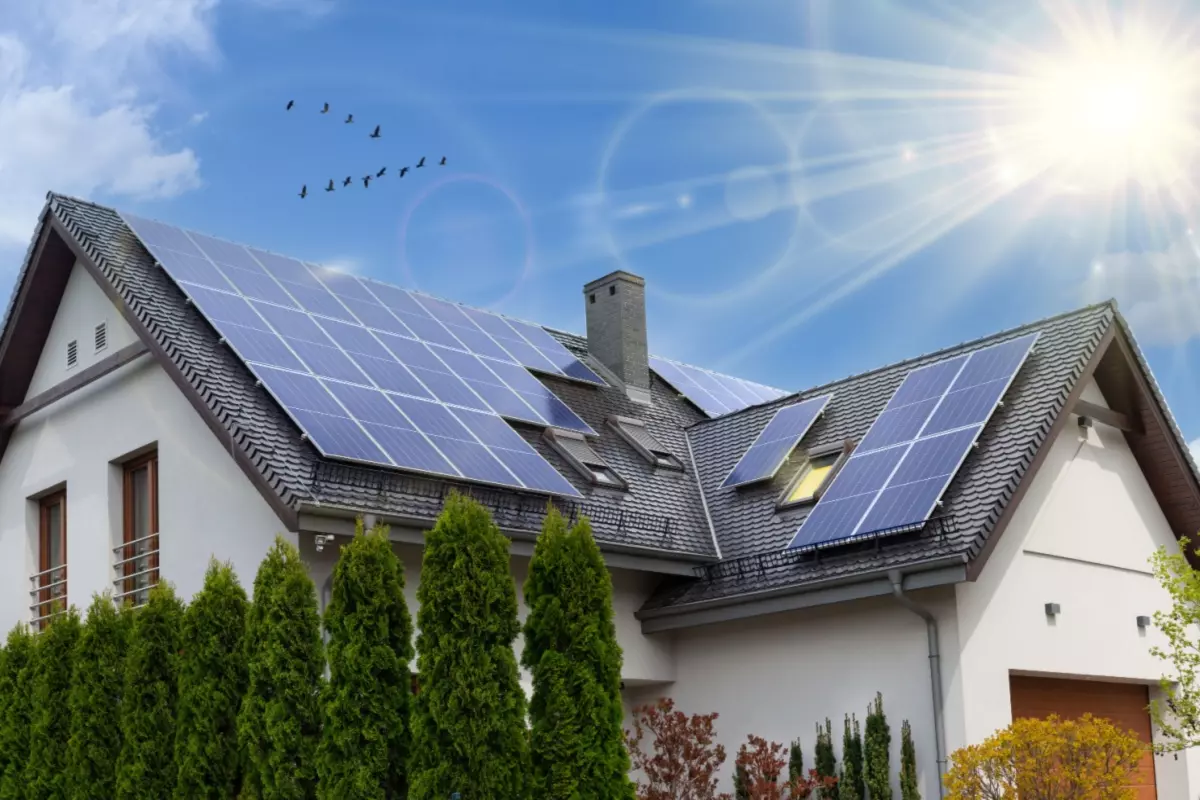
Solar tiles integrate solar cell technology into individual roofing tiles, allowing you to convert sunlight directly into renewable energy. They function similarly to traditional solar panels but are designed to look more like conventional roofing materials.
While this roofing option is the most costly, it is the best option for homeowners looking to increase their energy efficiency and lower long-term costs. Of course, solar tiles are most effective in sunny and arid regions where exposure to sun is ample. This material can last between 25 and 30 years.
Pros:
Cons:
Average installed cost (per square ≈ 100 square feet): about $1,200 to $1,800 per square (roughly $12 to $18 per square foot), with premium profiles costing more.
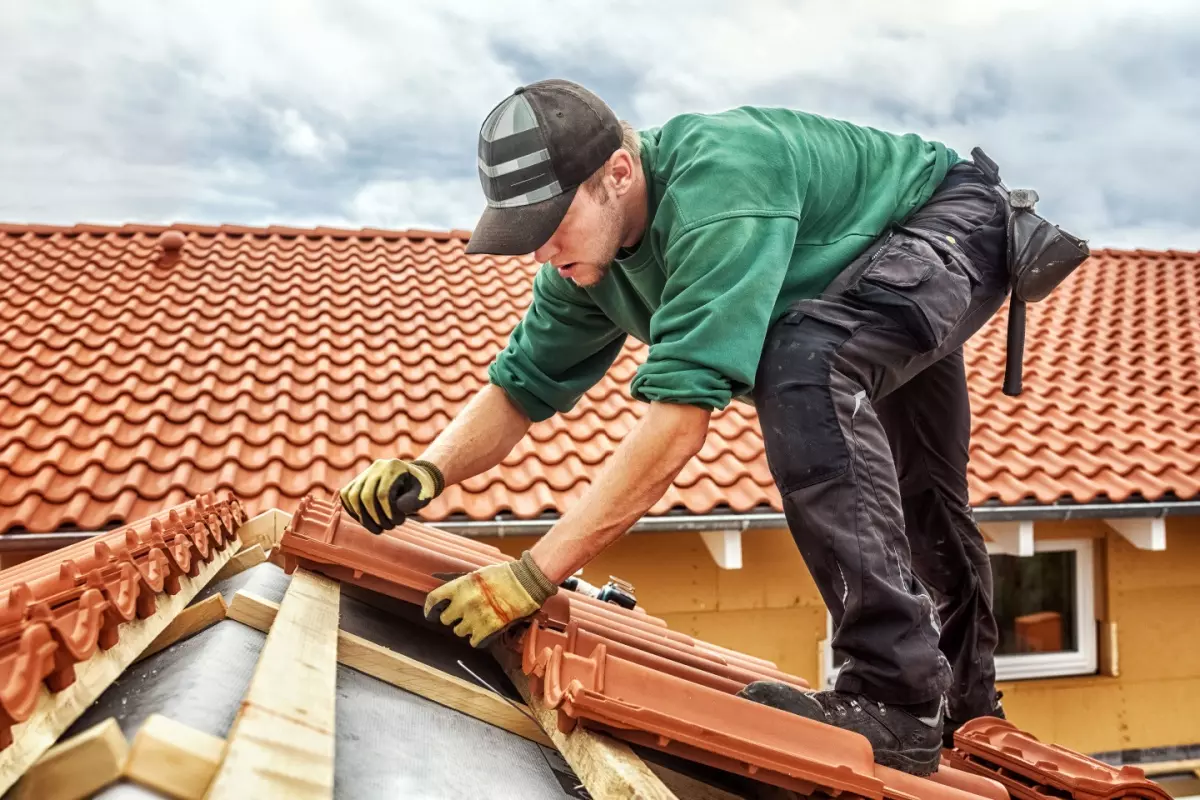
As the tried and true, clay tiles have been used as a roofing material for centuries due to their durability and hardiness. Typically, this roofing material is most suitable for hot, dry climates and Mediterranean, Spanish, and Southwestern-style homes.
This is because clay is great at withstanding high temperatures and heat, making it ideal for fire-prone regions. Clay also has high thermal resistance, which helps keep homes cool in the heat and warm in the cold. Overall, this helps lower energy costs.
As with metal and concrete, clay is also ideal for coastal areas because it is resistant to salt corrosion. Typically, clay tiles last over 50 years.
Pros:
Cons:
Average installed cost (per square ≈ 100 square feet): about $350 to $400 per square (roughly $3.50 to $4 per square foot), depending on whether you choose 3-tab or architectural shingles.
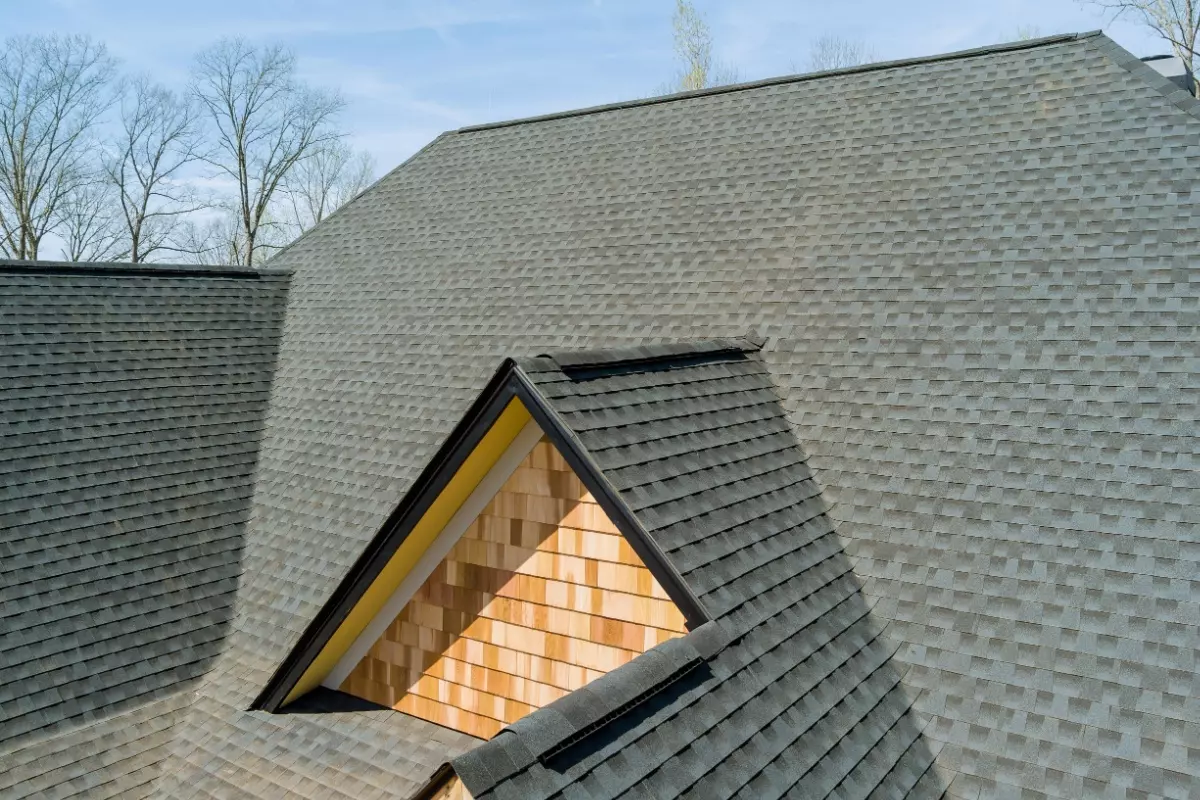
Asphalt shingles are the most popular roofing material in the U.S. due to their cost-effectiveness and versatility. They come in a variety of colors and are suitable for various climates, including hot and cold regions. However, asphalt shingles are particularly ideal for areas that have fluctuating temperatures and regular rain.
On average, asphalt shingles last 15 to 30 years.
Pros:
Cons:
Average installed cost (per square ≈ 100 square feet): about $1,000 to $1,500 per square (roughly $10 to $15 per square foot), with high-end or imported slate costing more.
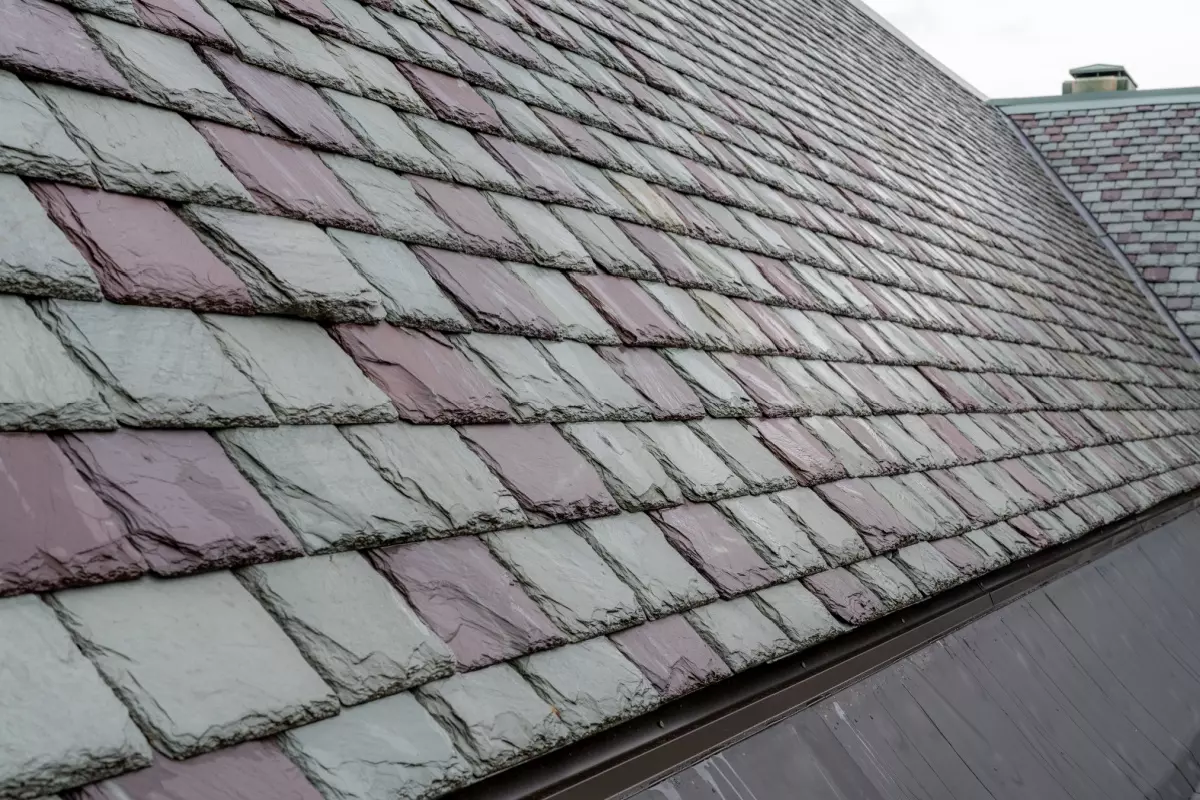
Finally, like clay, slate is a natural roofing material that is known for its exceptional durability. Slate roofs are made from natural stone, which is ideal for harsh climates like high winds, heavy snow, and rain.
It is one of the longest-lasting roofing materials, lasting over 100 years. As a result, many historic homes have original slate roofs.
Pros:
Cons:
When you choose a roof, you’re really choosing a roof system – a combination of shape, slope, material, underlayment, and ventilation that works for your home and climate. A few common systems (like asphalt-shingle gable or hip roofs) cover the majority of homes, while niche shapes and materials are used more selectively. We conclude this blog by giving you some factors to consider when choosing the right roofing style and material for your home:
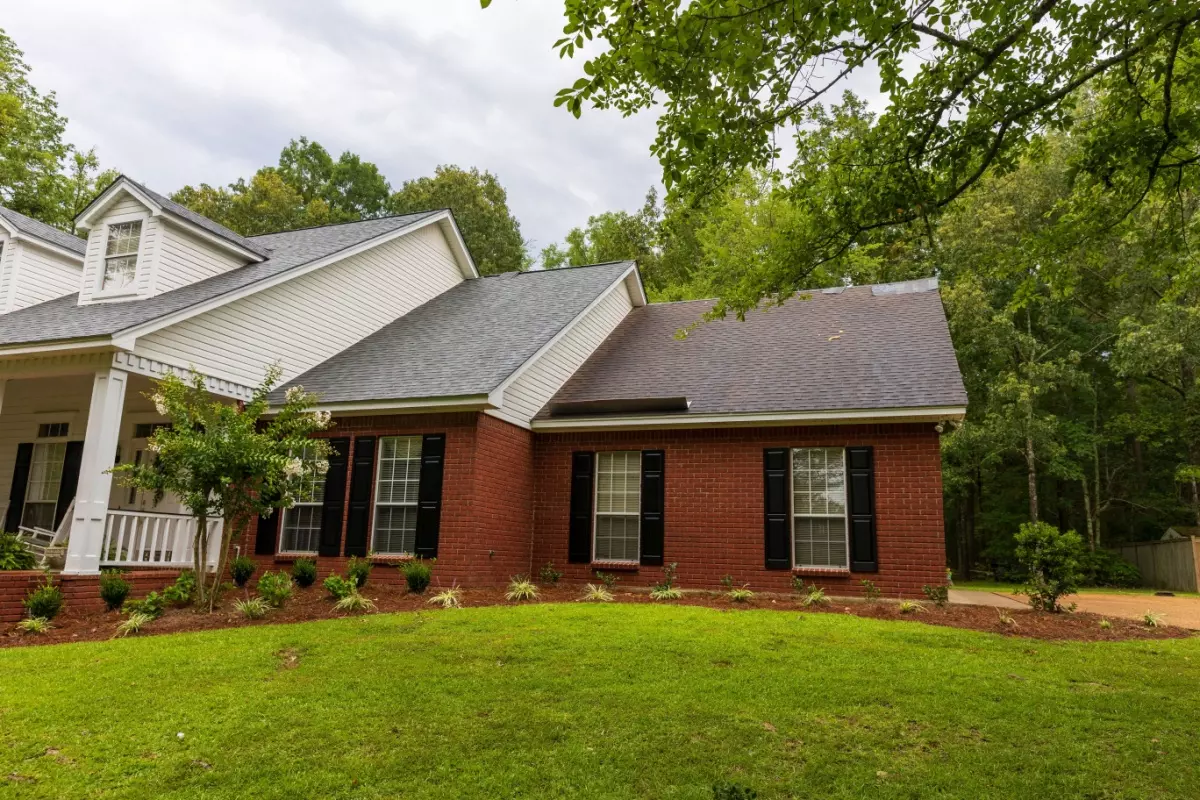
The most important factor to consider is the climate in your region. Different roof shapes and materials are particularly resistant to specific weather conditions. First, determine what type of weather your area is prone to, especially extreme conditions like fire or heavy snow.
Lifespan is driven far more by material quality, installation, and maintenance than by roof shape alone. In areas with extreme weather, you should consider how long your chosen roof system will last to get the most out of your investment.
The roof shape (gable, hip, flat, etc.) influences how water, snow, and wind interact with the roof, but it doesn’t have a fixed lifespan by itself.
If you live in high-risk areas that are prone to fire or hurricanes, you may have fewer style and material options due to building codes. Ensure you comply with municipal regulations, as they may ban certain materials like wood in wildfire regions. Many codes require a Class A–rated roof assembly, so ask your roofer which combinations of material and underlayment meet that requirement.
Next, consider the style and aesthetic of your home. Most roofing shapes and materials, like simple gable or hip roofs with asphalt shingles, are adaptable to various architectural designs. However, if your home has a specific style or you are trying to achieve a distinct aesthetic, you may need to consider more niche options like a mansard or clay roof. Your roofer can often show you sample boards and photos of similar homes to help you visualize the result.
Determine your budget not only for the initial material and installation costs but also for long-term maintenance and energy savings. Typically, more resistant and niche materials and roof styles will cost more. However, they often last longer, require less maintenance, and provide more energy savings, resulting in lower long-term costs. If budget is a concern, you can always balance quality and cost-effectiveness with options like architectural asphalt shingles on a straightforward gable or hip roof.
Also, pay attention to how roofers talk about cost. Most will quote in “squares” (100 square feet of roofing area) rather than simple square footage, and they’ll adjust pricing based on pitch, number of layers being removed, access to the roof, and how complex the details are (valleys, chimneys, skylights, etc.).
As a consumer, you can get more value from an estimate by noticing what the roofer looks at and talks about:
Roofers who walk you through these details are treating your roof as a complete system, not just a layer of shingles or panels.
Each roofing type offers unique benefits tailored to different needs and styles. Remember, your choice should suit your home’s architecture but also align with your budget and local climate conditions. Focus first on a solid, code-compliant roof system using common, proven shapes and materials for your area, and treat more specialized roof types and products as options for specific design goals. Make your roof a statement of style that stands the test of time.